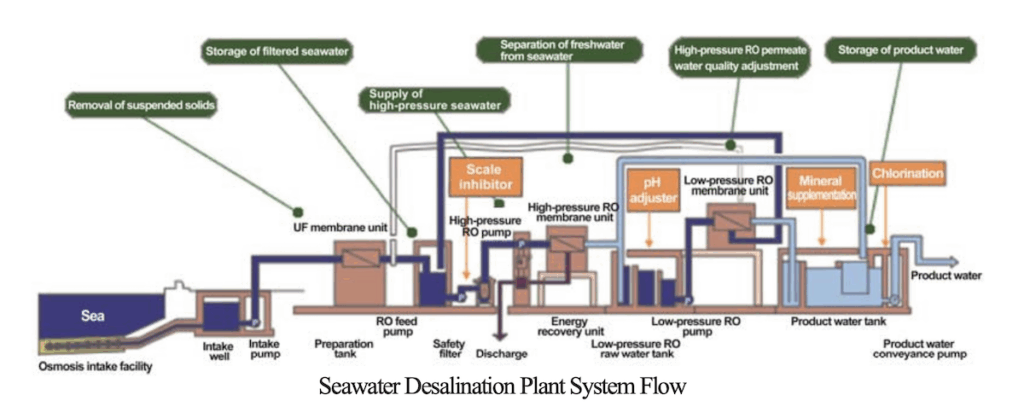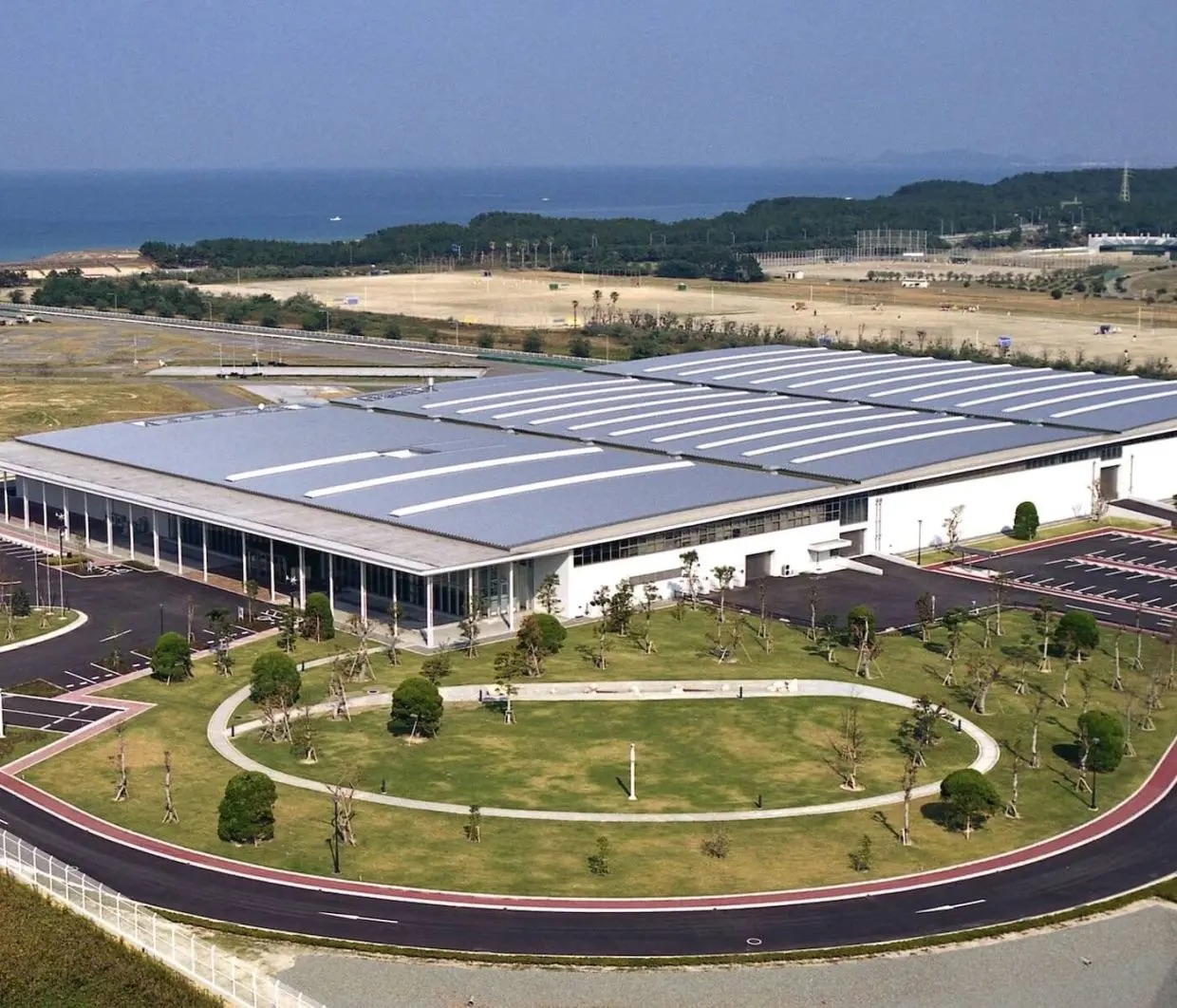Japan Launches First Osmotic Power Plant in Fukuoka
Japan has officially launched its first osmotic power plant, which generates electricity using the difference in salt concentration between seawater and freshwater. The facility, located in Fukuoka Prefecture, began operations in early August, according to Kyodo News Agency.
Operated by the Fukuoka District Waterworks Agency, the plant makes Japan only the second country in the world to implement this technology, following Denmark, which introduced a similar facility in 2023. The agency calls the technology a “next-generation renewable energy source” that is independent of weather or time and produces no carbon dioxide emissions.
This method, known as salinity gradient power, harnesses energy from the natural movement of water across a semi-permeable membrane. The system involves placing treated water from a sewage facility on one side and concentrated seawater on the other. As freshwater moves through the membrane into the saltwater side, pressure builds up, turning a turbine connected to a generator and producing electricity. The membrane filters out all impurities except water.

The plant, which began operating in August, is expected to generate approximately 880,000 kilowatt-hours of electricity annually. This power will support a nearby desalination plant that supplies clean water to Fukuoka and surrounding areas.
“I’m overwhelmed that we’ve been able to put this into practical use. I hope the technology spreads not just across Japan, but around the world,” said Akihiko Tanioka, an osmotic power expert and Professor Emeritus at the Institute of Science Tokyo.

